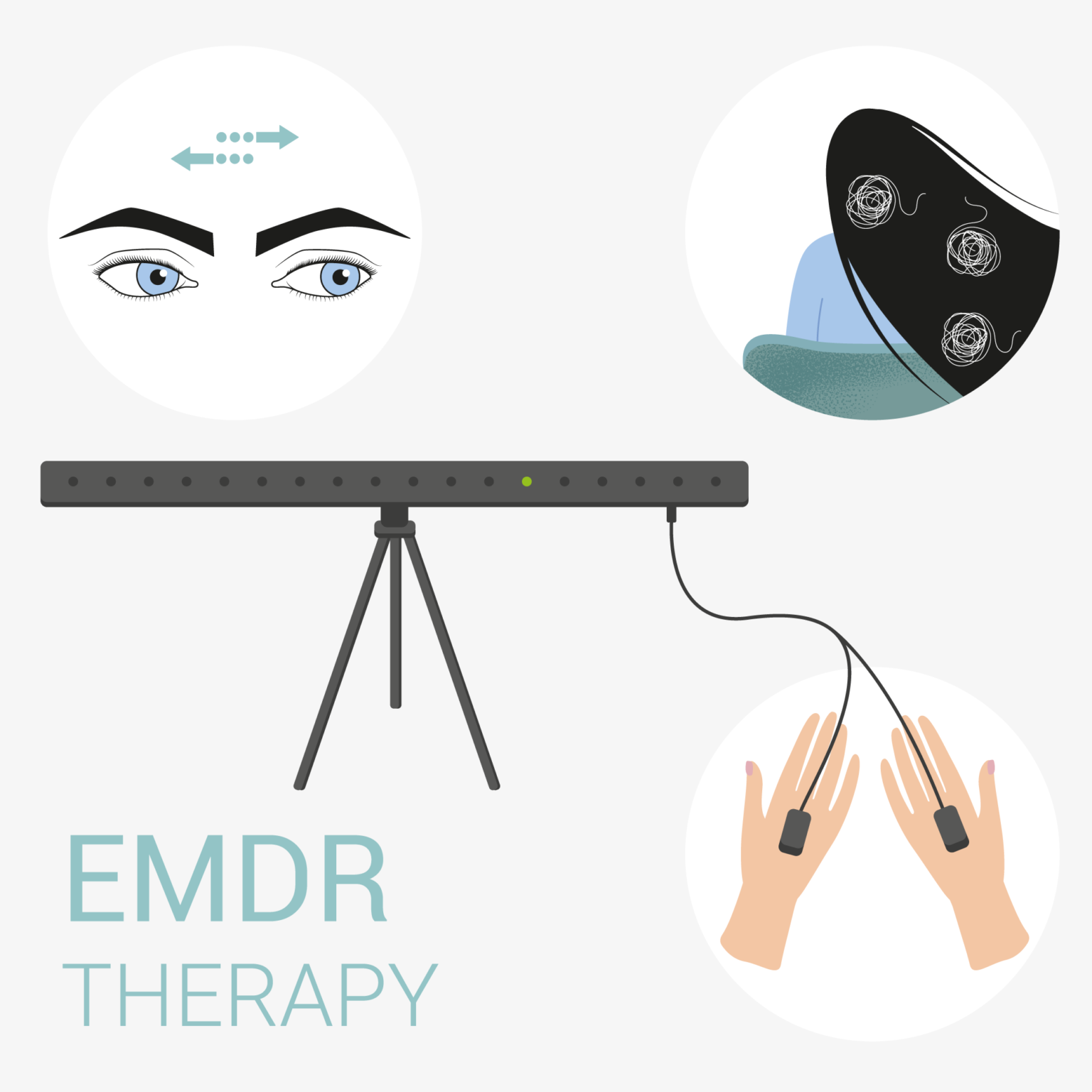EMDR therapy is the one treatment modality that I have found really lives up to its hype when it comes to addressing trauma, PTSD, anxiety and depression. I myself have gone through the treatment for memories that had caused me distress most of my adult life. The results were impressive and a real game-changer for me. I noticed that the images themselves became very much like faded photos, and not the vivid, full-color flashes that I saw in my mind’s eye every time I would recall them. More importantly, the emotional and physical disturbances that I experienced every time my thoughts turned to these memories were no longer there. It was as if I were remembering what I had for breakfast the day before. Just a memory that I could recall, but not one that put me into an emotional tailspin for days at a time. The process was truly beneficial for me, and I have seen EMDR’s therapeutic power help a multitude of clients that I have worked with over time as well.
The question remains, however, as to why it works. How can merely moving one’s eyes back and forth while thinking about a traumatic memory have such a profound impact on our subjective experience of reality? The answer quite honestly is – WE DON’T KNOW FOR SURE. Not an answer to inspire confidence in those seeking treatment and relief from their pain by any stretch. Neuroscientists and researchers continue to study this very question today. While a definitive answer remains elusive, there are currently some interesting hypotheses as to why EMDR is such an effective treatment modality. These are the three leading theories:
#1 – EMDR taxes working memory
This theory suggests that when a client is instructed to recall a trauma memory containing a high emotional charge while doing the eye movements (and subsequently activating both hemispheres of the brain), it is a lot for the working memory to navigate. Because of the “overload” on working memory, this decreases the vividness of the target memory and how emotionally disturbing a memory feels.
#2 The Orienting Response
EMDR triggers an orienting response. To understand what an orienting response is, image standing in your home, and unbeknownst to you, someone behind you slams a door with a lot of force. You jump really high, and then whip around to “orient” yourself as to what that sound was, and whether or not it is dangerous to your survival. When the alarm system in your body (the amygdala and central nervous system) determined that the sound was not an immediate danger, you begin to calm down and return to a baseline level of anxiety.
This “calming down” occurs through something called reciprocal inhibition. Reciprocal inhibition is when an anxiety producing event occurs (our slamming door) with an orienting response that reduces our anxiety (realizing that it was “only a slamming door”).
In regard to trauma histories, the anxiety producing stimuli (the memory) is brought to consciousness with EMDR processing added (orienting response that reduces anxiety). Orienting in this way disrupts the closed neural network where the trauma is stored and allows for new information to be integrated.
#3 REM Sleep
Some researchers have hypothesized that the eye movements in EMDR mirror what the eyes and brain do in REM sleep. REM sleep is where we do a lot of our dreaming, and the mind engages in deep processing of events that have occurred throughout the day and problems that remain unresolved. EMDR may harness the processing powers of the mind in a waking state and allow the trauma memories to be processed through.
Memory Storage
A final note of interest. Although we don’t fully understand how EMDR works, we do know that it works. This is verified by researchers using PET scans (positron emission tomography) of the brain. It appears that trauma memories are stored improperly in the amygdala (central alarm system in the brain, and responsible for emotional content of memories), and should be stored in long-term memory with other memories in the hippocampus (adds information to memories including the who, what, when, why, where and a time stamp). This would account for trauma memories invoking such a strong emotional reaction us, and often being very fragmentary when remembered.
Prior to EMDR processing, the PET scans show high activity in the amygdala. After EMDR processing, PET scans show decreased activity in the amygdala and increased activity in the hippocampus. This appears to indicate that the innate healing wisdom of the psyche has been activated, and the trauma memory has been recoded properly into the hippocampus.


